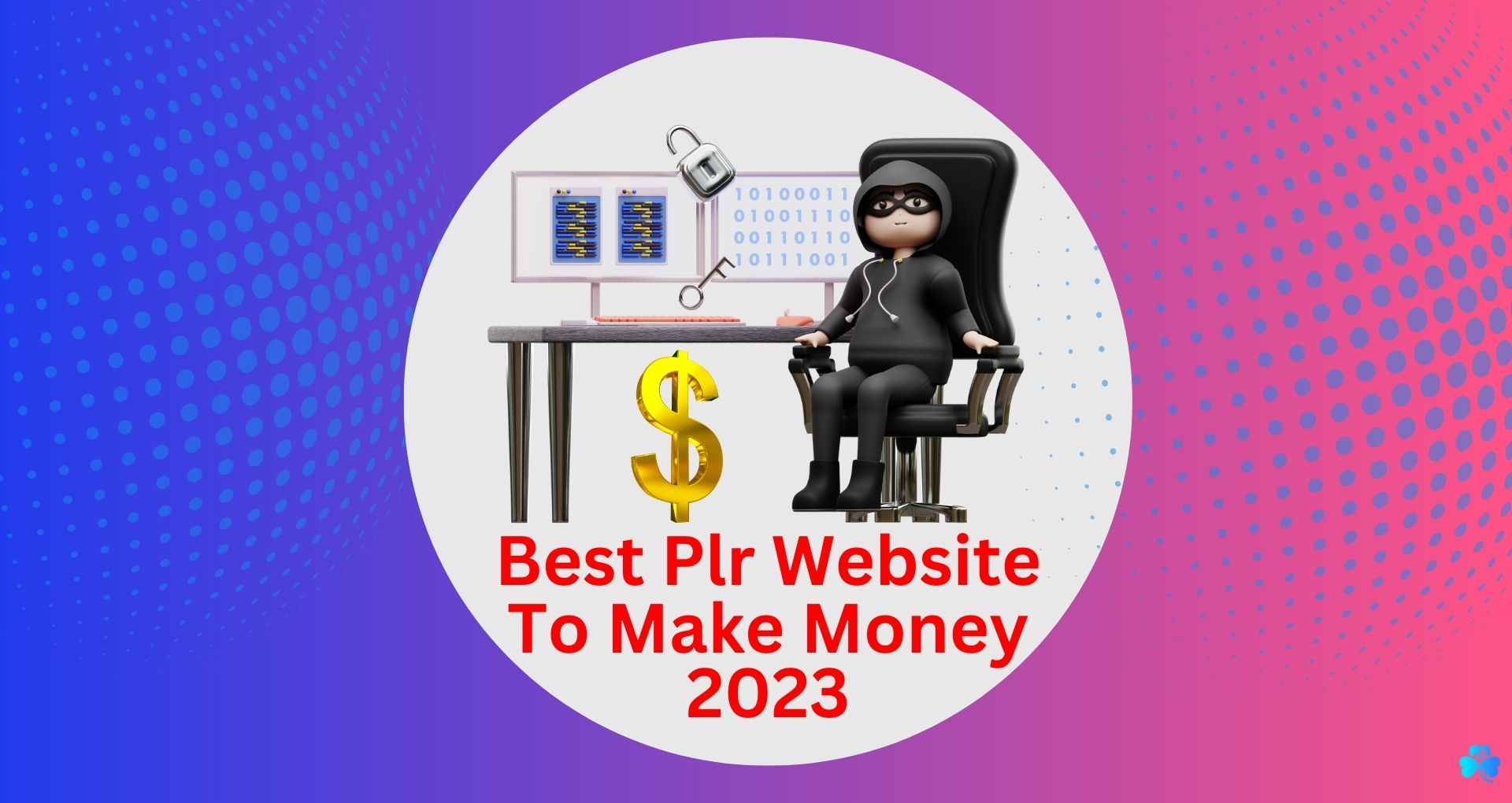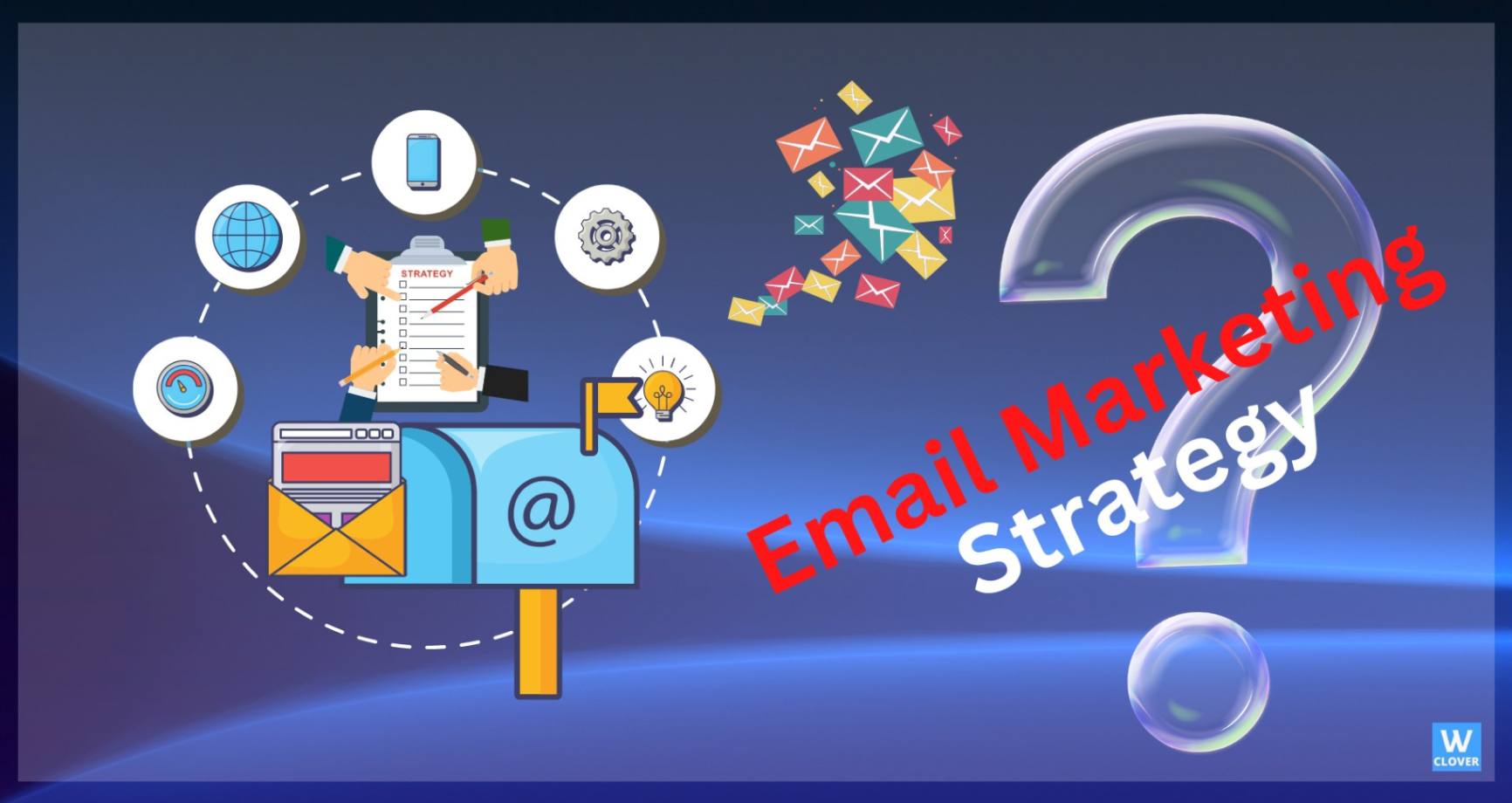Do you want to expand your customer engagement and grow your business? If so, email marketing could be the answer. It's a potent tool that businesses can use to boost their sales and customer base.
It's all about sending targeted promotional emails to drive website traffic. Segmenting lists, A/B testing emails, and tailoring subject lines all contribute to effective campaigns.
When used correctly, an effective strategy can have a positive impact on your bottom line. But, what is the marketing strategy?
This blog post will look at 15 effective email marketing strategies to catapult your business to new heights.
let's get it.
This article might contain referral links from our chosen partners, that may bring us a small commission at no additional cost to you. Please read our disclosure page for more details.
What Are Email Marketing Strategies?

This strategy is one of the cost-effective ways to boost sales and website traffic. It involves sending customers personalized emails with discounts, blog content, and "email-only deals."
Content creation for each target market takes time and effort, but if done right, it can generate a huge return on investment (ROI).
This method lets business owners track open, spam, click-through, and other rates. Business owners optimize campaigns with real-time client engagement data.
Thus, your approach must support business objectives. Business strategy matters for many other reasons.
Why is It Important to Have the Right Email Marketing Strategy?
As mentioned, mail marketing can boost website traffic and sales. It takes careful planning and consideration to create customer-friendly campaigns.
Tailoring emails lets you segment customers, create engaging content, and understand the customer journey. Email automation can send triggered emails based on user actions like signing up, buying a product, etc.

All this helps boost sales but also strengthens your relationship with your customers.
Now that we know why email strategies are important let's look at the ways we can use these strategies to create successful campaigns.
15 Email Marketing Strategies To Boost Your Profits
1. Craft Engaging Subject Lines
The first step towards a successful email campaign is to create engaging subject lines that grab your readers' attention and encourage them to open the email.
A great subject line can make all the difference regarding whether someone opens an email. It should be short, concise, and in line with what readers expect from you.

To encourage email open rates, the subject lines should offer an incentive or call to action. "25% off for our first 100 subscribers" or "We've got something new for you" are possibilities. Make sure it's relevant and compelling enough to entice readers to open your email.
Finally, match the email's subject line and content. Subscribers won't interact unless they match.
This may lower open and unsubscribe rates and lose customers. Email marketing requires compelling, non-spam subject lines to maximize ROI.
2. Personalize Your Messages
Personalizing your messages is an effective way to maximize the ROI of your email marketing strategy. It involves tailoring emails according to the customer segment so that each message is relevant and meaningful for that particular group.
This increases customer engagement as they feel valued when their needs are considered. Additionally, having personalized content makes it easier for customers to find what they're looking for and increases the likelihood that they will take action.
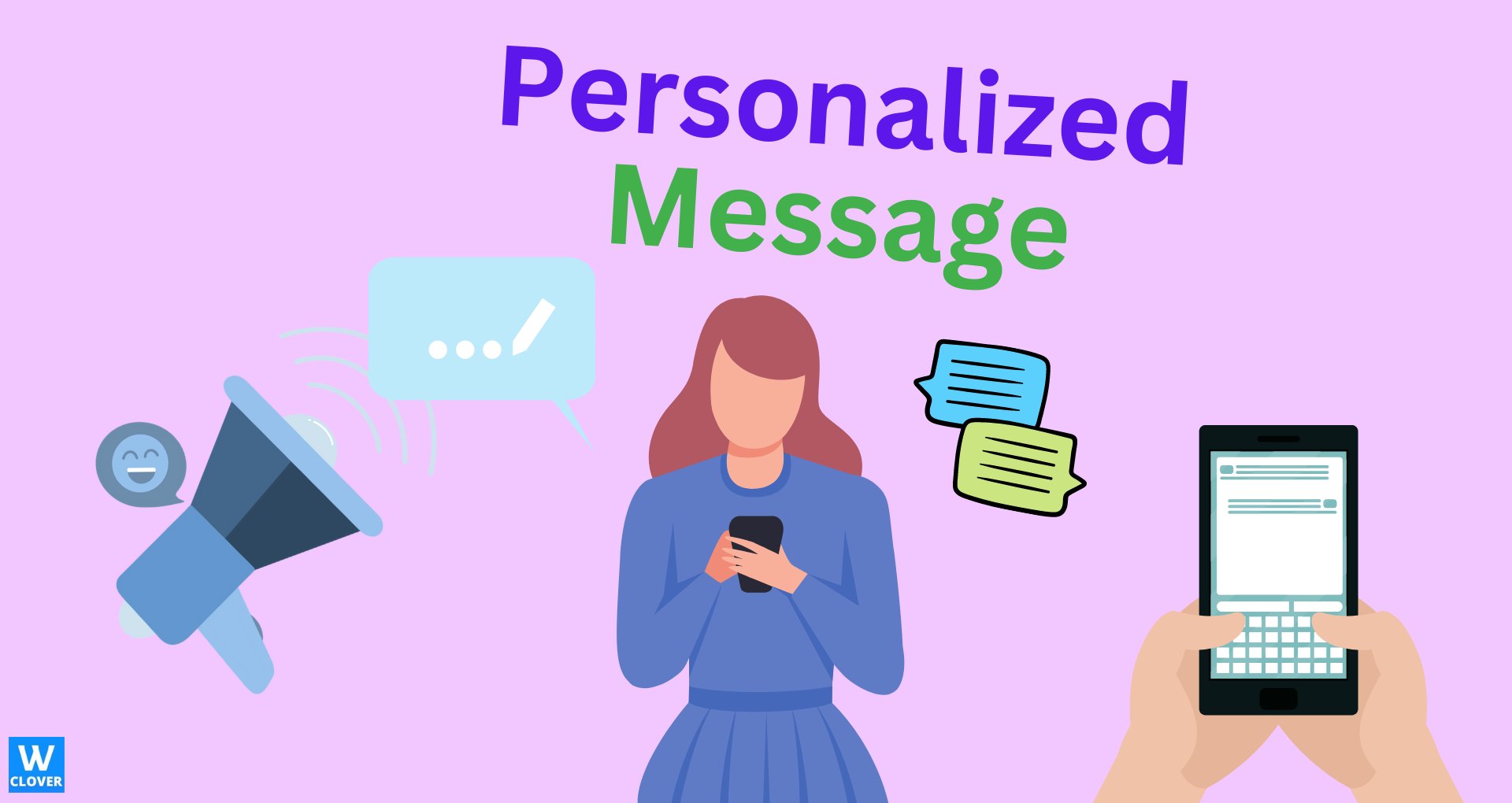
By Personalizing messages can help businesses understand their customers' journey, so that you can create more effective campaigns since customized content increases open rates and conversions.
Personalizing messages also shows customers you understand and care about their experience. This increases brand loyalty and trust, which may boost sales. Email marketing should include personalization to maximize profit in the long run.
3. Segment Your Audience
An important part of any email marketing strategy is to segment your audience. Businesses can create more targeted and personalized content for each group by segmenting subscribers into different groups. This will be more effective than sending out a generic message to all subscribers, as it considers their interests and needs.
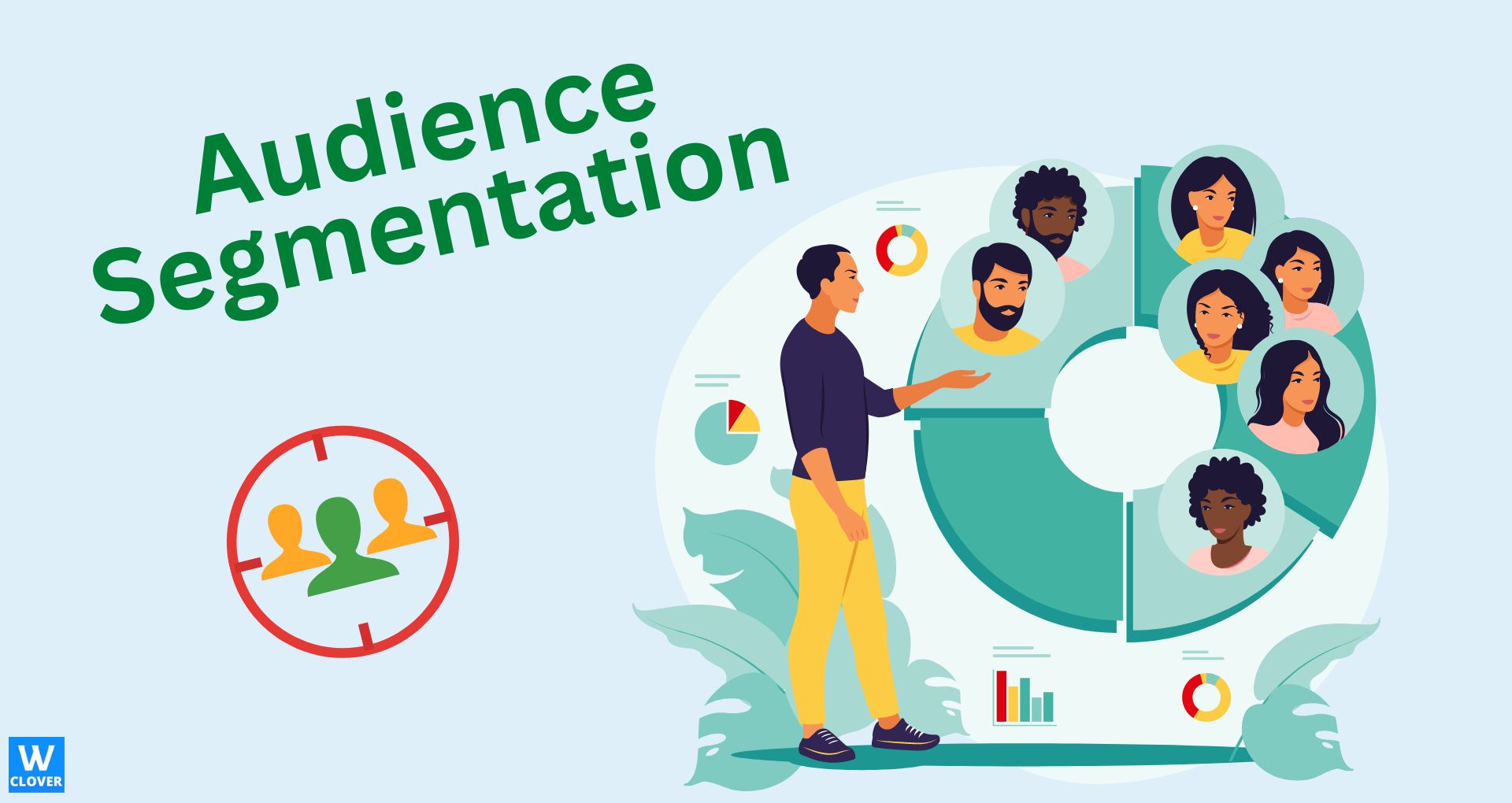
Segmenting also allows businesses to tailor messages to the right customer at the right time.
For example, if you know when a customer signed up for your newsletter or what products they purchased, you can create content specifically for them based on these factors.
This will make your emails more relevant and personalized, increasing engagement rates and ROI.
Segmenting also allows businesses to tailor content based on customer behavior.For example, if you know that a certain group of customers are more likely to purchase certain products over others, then you can create content specifically tailored to this group.
Creating targeted messages for each segment of your audience can increase engagement rates and ROI.
Overall, segmenting your audience is an important part of any email marketing strategy. It allows businesses to create more personalized and relevant content, which can help to increase engagement rates, maximize ROI and build long-term customer relationships.
4. Offer Value to Your Subscribers
A key component of an effective email marketing campaign is to offer value to your subscribers. Offering compelling email marketing tips that provides real value will help increase engagement, build customer trust and loyalty, and maximize ROI.
The problem is that many businesses need help creating content that offers real value for their subscribers.
This can lead to emails that could be more engaging and thus have a low open rate. It is also easier to build relationships with customers by providing real value to them or encouraging loyalty.

The importance of offering value is that it will help increase engagement rates, build trust and loyalty with customers, and ultimately maximize ROI.
Customers will be more likely to open and engage with your emails by creating interesting content and providing real value.
Furthermore, this will help to build relationships with customers, as they will be more likely to trust your brand if you consistently provide valuable content.
Creating content that offers real value can help businesses to stand out from their competition by providing unique and interesting content which cannot be found elsewhere.
By doing this, businesses will be able to create a loyal customer base of engaged subscribers who are more likely to convert.
5. Analyze and Test Campaigns Regularly
Another effective email marketing strategy is to analyze and test campaigns regularly.
This is an important part of improving engagement rates, as it allows businesses to see what content works best with their customers and which strategies are most successful in driving conversions.
By testing different components such as subject lines, images, and calls to action, businesses can determine what works best for their audience.

Analyzing and testing campaigns helps businesses optimize email performance. This can include Optimizing content based on user behavior or testing variables to see which have the biggest impact on engagement rates.
Businesses can also track open, click-through, and conversion rates to improve email performance. To track all these metrics you will need a solid link tracker
Email marketing campaigns need regular analysis and testing.
It helps businesses find the best content, optimize emails, and track metrics to maximize Profitability.
6. Leverage Automation as Much as Possible
One of the most effective email strategies is to leverage automation as much as possible. Automation allows businesses to automate certain tasks, such as sending emails at specific times or segmenting their audience, which can help to reduce the time and effort needed to manage email marketing campaigns.
Automation can also allow businesses to create more personalized content tailored to each subscriber.
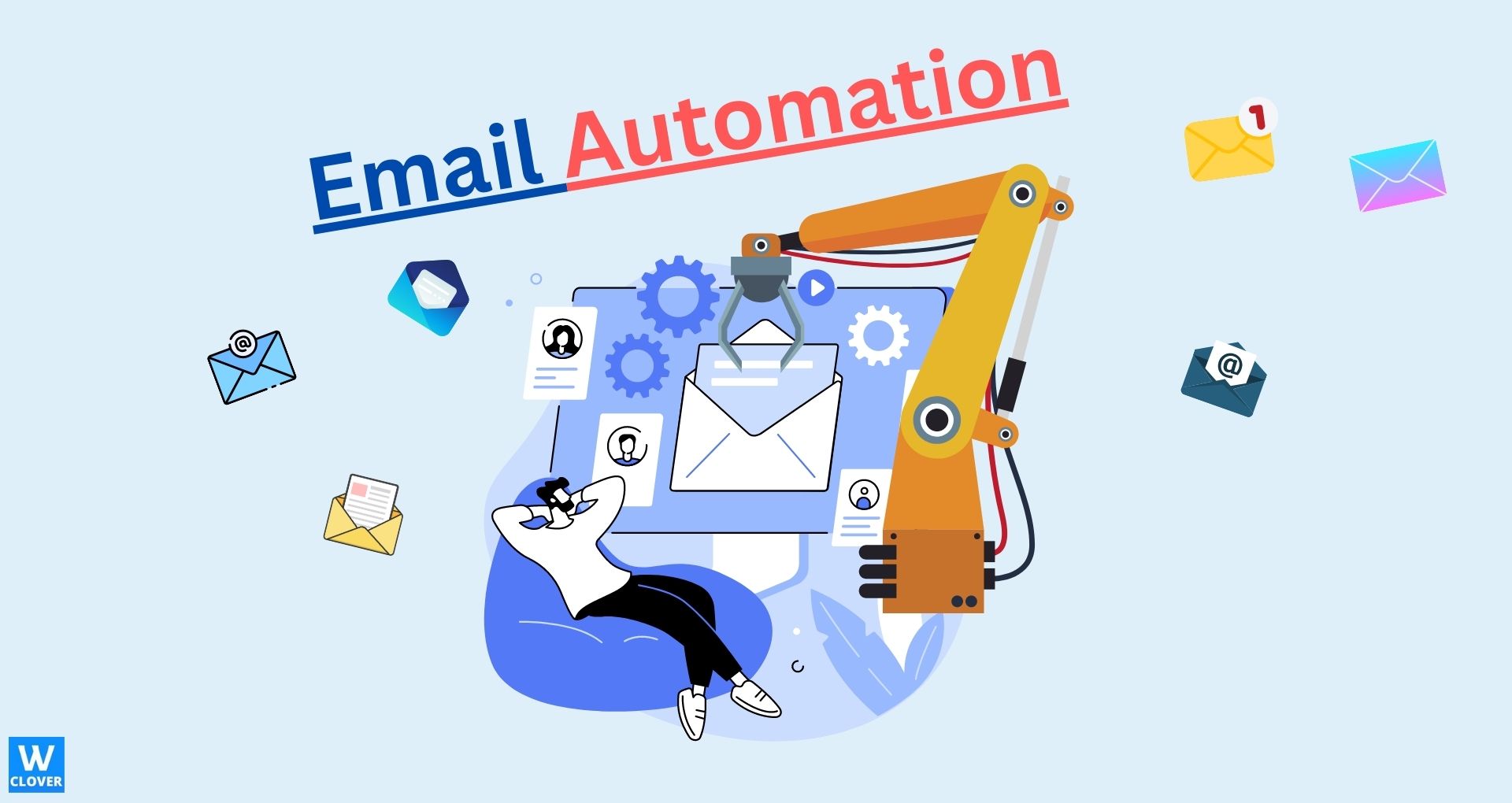
The importance of leveraging automation lies in the fact that it can help businesses save time and effort while increasing engagement rates.
Automation can allow businesses to send emails at specific times so they reach customers when they are more likely to engage with them.
By automating and using segmentation, we can create personalized content tailored to each specific customer, helping to increase engagement rates.
Overall, automation is an important part of successful email marketing campaigns. By leveraging automation, businesses can maximize their efforts and ensure they get the highest return on investment.You will need an excellent auto autoresponder software
7. Incorporate Visual Content
One important aspect to consider for email marketing is adding visual content. Visual content can be used in emails to grab people's attention, get them more interested, and get them to buy.
By using images, videos, and infographics, businesses can quickly attract their audience's attention and increase the likelihood of interaction with the content.
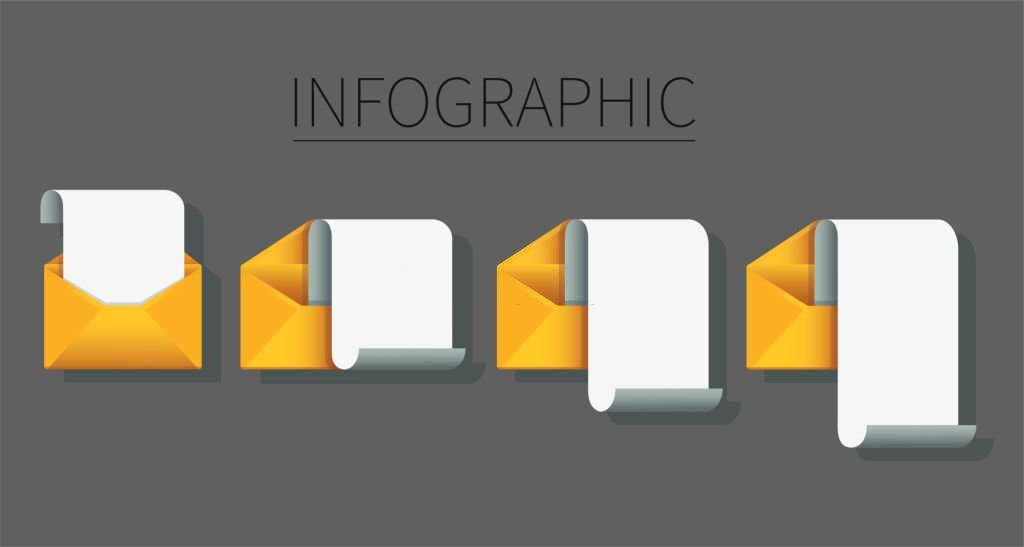
The importance of incorporating visual content is that it can help make emails more attractive and engaging for customers.
Visual content can draw attention, capture interest and drive conversions. Additionally, visuals can break up text and encourage customers to click through to a website or landing page.
The benefits of incorporating visual content include increased engagement rates, higher click-through rates, and improved conversions.
Visuals can draw customers' attention away from the text and towards other elements of an email, encouraging them to engage with the content.
Visuals can help increase click-through rates and conversions since customers are more likely to click on images or videos than read text.
8. Integrate Social Media
Integrating social media into email marketing is a key strategy for businesses to consider. Social media can boost engagement rates and increase the reach of an email campaign.
By integrating social media buttons in emails, customers can easily share content on their social networks, increasing a campaign's reach and potential audience size.

The importance of Social media integration- boosts engagement and campaign reach. Integrating social networks with email marketing lets businesses track consumer activities, and collect important insights for future campaigns.
The benefits of integrating social media include increased reach, improved engagement rates, and better tracking and analytics.
By integrating social media buttons into emails, businesses can extend the reach of their campaigns as customers are more likely to share content on their networks.
Additionally, integrating social media can help to increase engagement rates as customers may engage with content they see shared by people they know.
9. Make Use of A/B Testing
A/B testing is an important strategy for businesses to consider when optimizing email marketing campaigns.
A/B testing involves sending two identical versions of a campaign, but with one small variation in the copy or design, This allows businesses to compare each version's performance and determine which one works best for their audience.

• It helps businesses determine which email marketing work best. We can learn what clients like the most, by testing multiple versions and making better advertising decisions.
• It boosts engagement and conversions, by testing different emails to see which ones engage customers the most.
• It improves conversions by identifying which campaign aspects drive the most sales using this information we are able to improve future campaigns.
10. Utilize Targeted Email Campaigns
Email marketing should be optimized with targeted campaigns. Targeted marketing sends relevant emails to a specific client segment, like recent buyers or abandoned shopping carts. Companies can better connect with and convert customers.

Targeted email campaigns help companies reach customers more effectively.
Content tailored to consumer profiles and behavior can boost engagement and conversion rates.
Targeted marketing reduces costs by sending emails to specific client segments instead of the entire email list.Business optimization requires targeted email campaigns.
11. Send Mobile-Friendly Emails
Marketing campaigns should include mobile-friendly email (responsive) as mobile usage rises.
This means making sure emails look good on desktop and mobile devices and that links and buttons work so customers can interact with them.
Mobile-friendly emails increase engagement and conversions because customers are more likely to open and interact with them. Also a responsive email campaign can save money by avoiding two separate campaigns for both mobile and desktop.
12. Invest in Quality Content
Quality content is an important strategy for businesses to consider when optimizing their campaigns.
With the increasing competition for customers' attention, businesses must ensure the content in their emails stands out and make an impact. Poor quality content can lead to lower engagement rates and conversions.
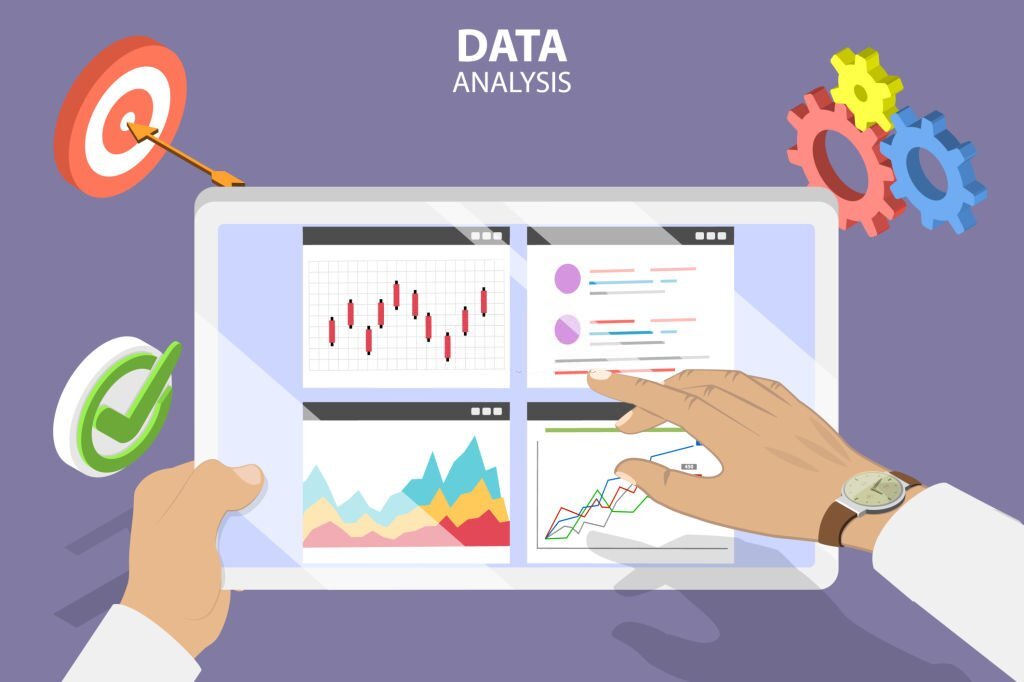
The importance of investing in quality content is that customers often receive tons of daily emails, so businesses must invest in excellent content to stand out and engage. To attract visitors, use strong images, good copywriting, and relevant messaging.
Quality content increases engagement and conversions because customers are more likely to open and interact with engaging emails.
13. Incorporate Lead Nurturing Strategies
When optimizing campaigns, it is important for businesses to incorporate lead nurturing strategies (a strategy that is used to help interested but still undecided prospects to convert).
With the ever-changing nature of customers' needs and interests, we must engage them with relevant content at every stage of the buyer's journey.
Doing so can lead to higher engagement rates and conversions as customers, if not they may become disengaged or lose interest.

So it can be seen that lead nurturing methods can boost engagement and conversions since customers are more inclined to open emails that are relevant to them.
Businesses save money by not having to build separate campaigns for each stage of the buyer's journey.
14. Analyze Your Results and Adjust Accordingly
Analyzing your results and adjusting accordingly is an important strategy for businesses to consider when optimizing their campaigns.
Analyzing results and adjusting accordingly is important because customers often require several attempts with targeted content before making a purchase, so businesses must ensure they are engaging them with relevant content at every stage of the buyer's journey.

By tracking and analyzing their performance metrics, businesses can better understand what is working and what is not, allowing them to make timely adjustments to maximize their results.
15. Monitor Your Reputation and Compliance Standards
Monitoring your reputation and compliance standards is an important strategy for businesses to consider when optimizing their email marketing campaigns.
Poorly managed emails can decrease reputation and, even worse, fines for non-compliance with local laws or industry regulations.
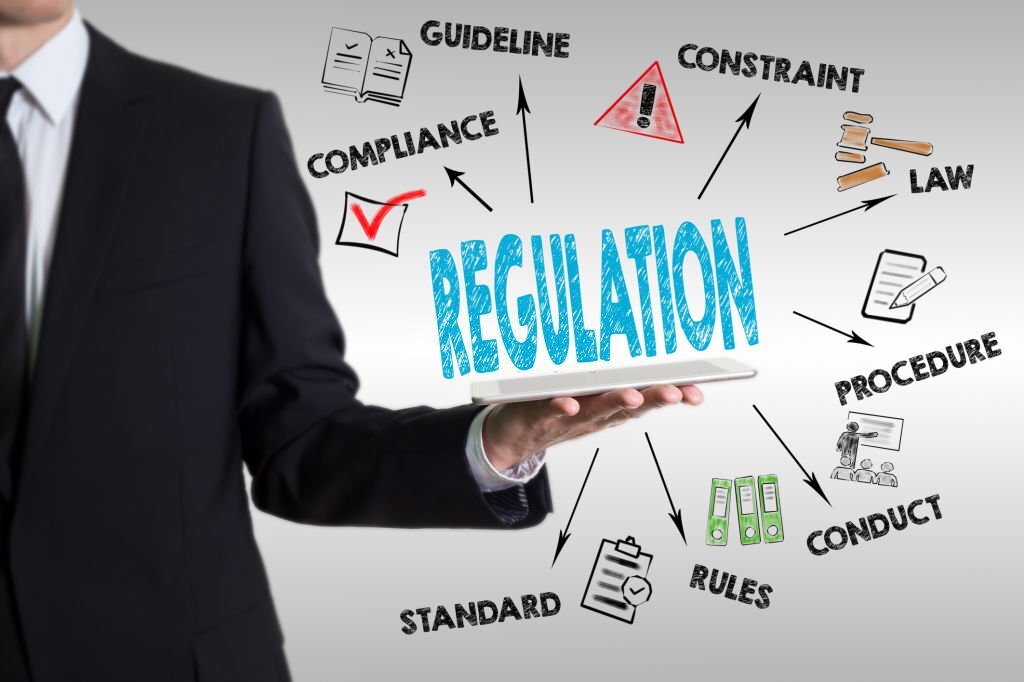
This could lead to serious financial penalties and potential litigation, which can have long-term consequences for businesses.
To optimize email marketing campaigns will require monitoring reputation and compliance.
Email mismanagement can damage the reputation and lead to fines for violating municipal or industry standards.
Businesses may face severe financial penalties and prosecution.
Companies must guarantee their emails conform to local laws and industry norms since clients take privacy seriously. GDPR, CAN-SPAM, CASL, and others will apply.
Businesses can avoid legal difficulties by delivering information accurately and consistently. Monitoring reputation helps companies keep consumers happy and safeguard their brand from negative publicity.
This method helps companies communicate while avoiding lawsuits and fines.
These are the 15 most crucial email marketing methods for businesses to utilize. Email is strong, but it must be used carefully to maximum results. These tactics boost engagement, conversions, and brand reputation. This will strengthen client relationships and grow your business.
FAQs

A good email marketing strategy should include segmentation, personalization, testing, automation, and analytics.
This will allow businesses to create targeted emails relevant to their audience and then track the performance of these campaigns to make adjustments based on the results. Businesses should also monitor their reputation and compliance standards to protect themselves from legal issues.
Some key metrics to track in email marketing include open rate, click-through rate, delivery rate, unsubscribe rate, and conversion rate.
By tracking these metrics, businesses can get an idea of how their emails are performing and what adjustments should be made to improve their results.
Additionally, they can monitor reputation and compliance standards to ensure they adhere to all local laws and industry regulations.
The best time to send an email will depend on various factors, such as the geographic location of your audience, the type of email you are sending, and the purpose of the message.
Generally speaking, it is best to send emails during normal business hours when most people can read them. Additionally, different types of emails may require different times for optimal results. For example, promotional emails should be sent on weekends or holidays when people have more free time.
The most common email marketing mistakes include the following:
• Not segmenting your list.
• Sending too often.
• Not testing emails before sending.
• We need to pay more attention to mobile optimization.
• Failing to monitor reputation and compliance standards.
By avoiding these mistakes, businesses can ensure their emails reach the right audience at the right time and protect themselves from potential legal issues.
The 5 Ts of email marketing are:
1. target
2. timing
3. testing
4. tracking
5. trust
By focusing on these five key elements when creating an email marketing strategy, businesses can ensure their messages reach the right people at the right time and protect themselves from potential legal issues. They can also track performance metrics to make adjustments and optimize results.
Here are the four most common types of email advertising campaigns and how they could help your business develop.
1. Promotional Emails.
2. Retention Emails.
3. transactional Emails
4. Email Newsletters
Final Thoughts

These 15 strategies ensure a successful online marketing campaign. Remember that an effective email strategy should be tailored to your business needs, audience, and industry. Email campaigns can eventually generate more sales for your business when done correctly.
We hope this guide has helped you understand email marketing strategy and how to create one for your brand.
SUGGESTED ARTICLES

What Are PLR eBooks And How Can I Profit From Them? [2024]
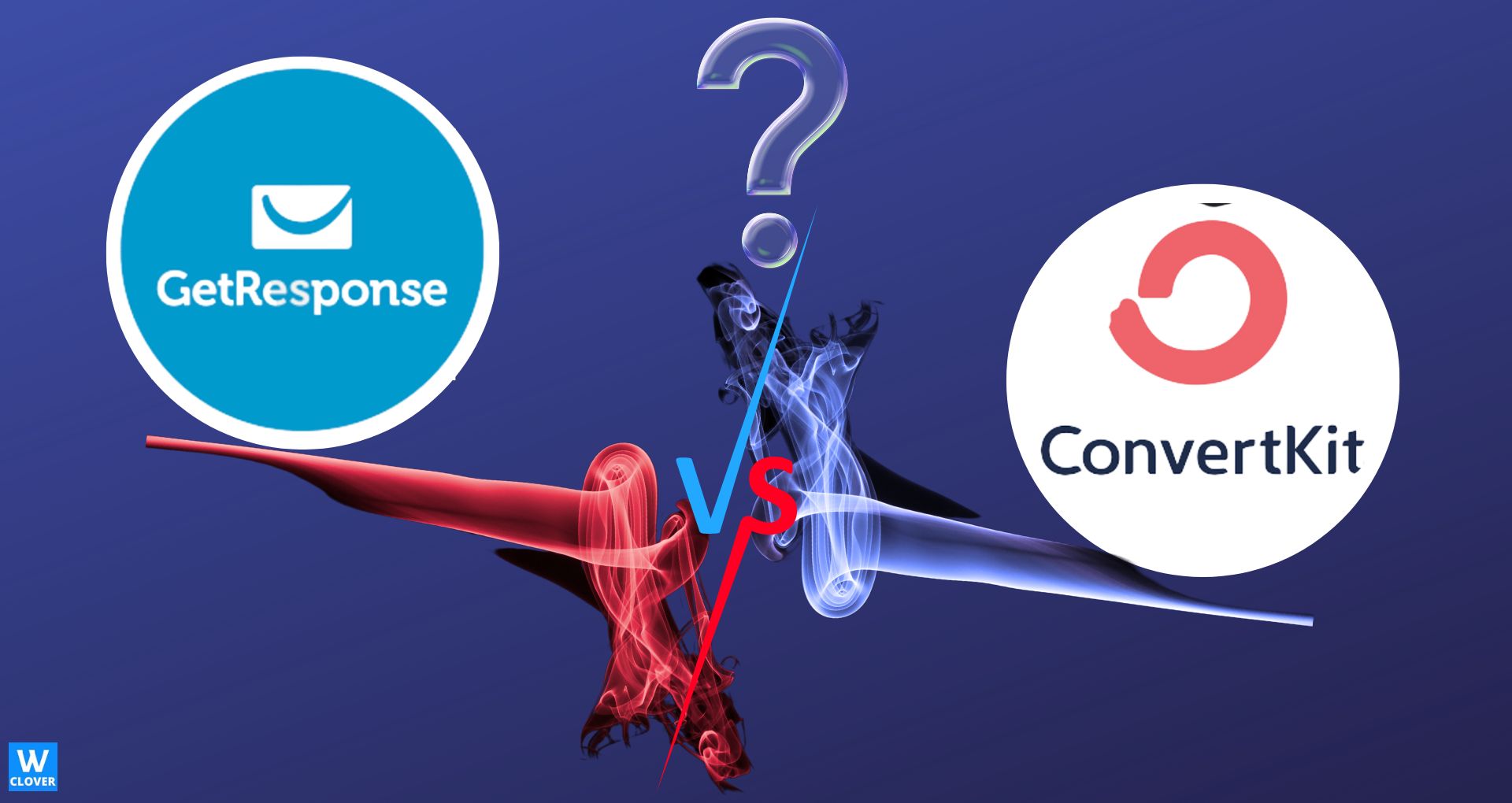
ConvertKit Vs GetResponse: Which is Best? Detailed Comparison [2023]

ClickMagick Review [2023] – Is It Worth The Price?
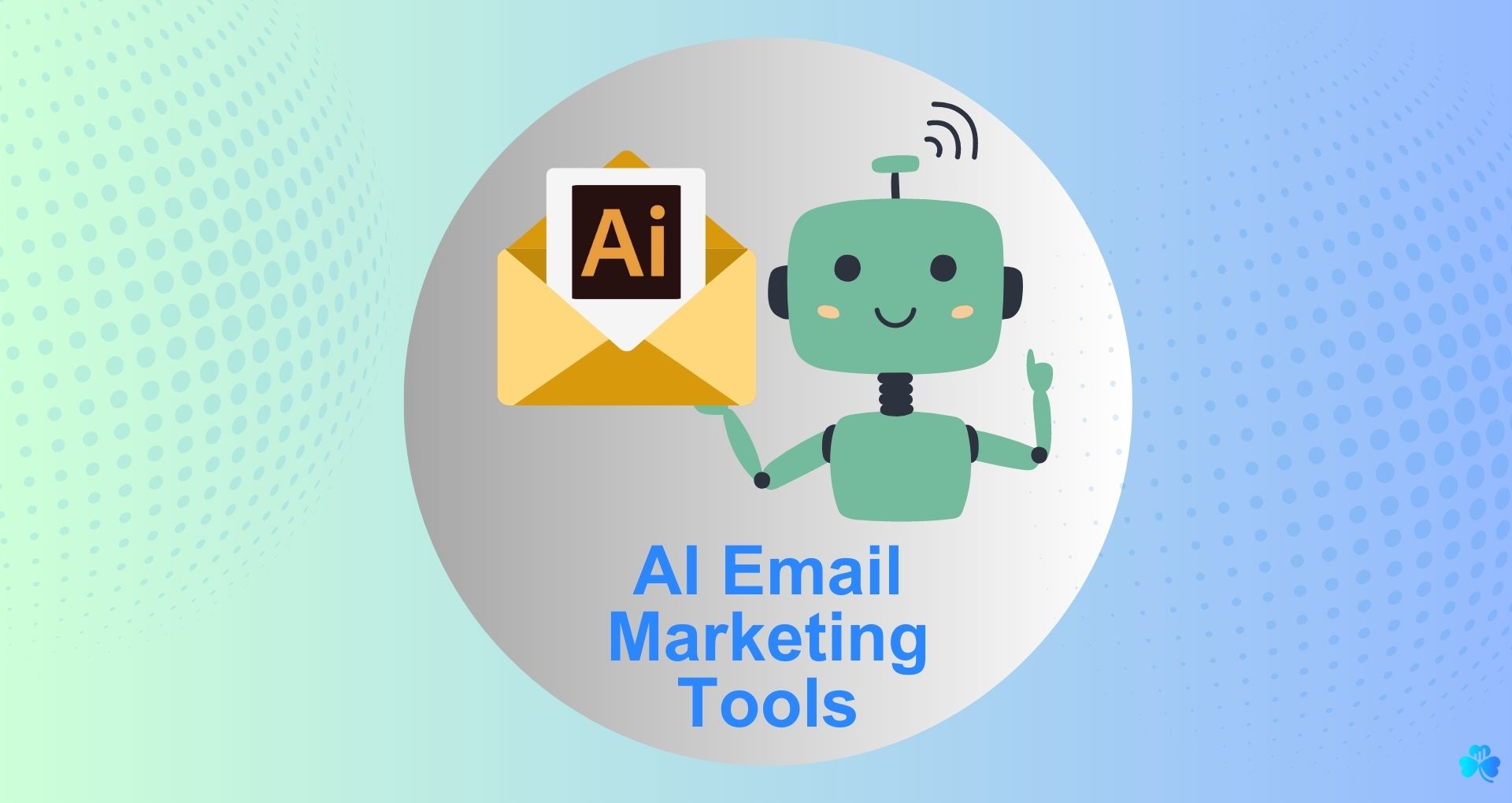
Best 15 AI Email Marketing Tools: Your Competitive Edge [2023]

19 Best AI Marketing Tools To Raise Productivity In [2024]
